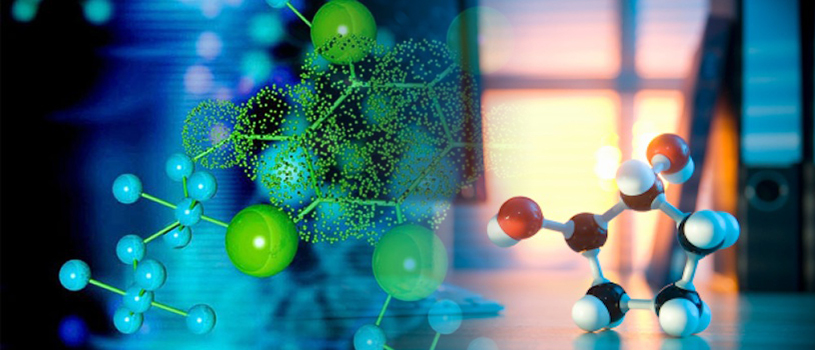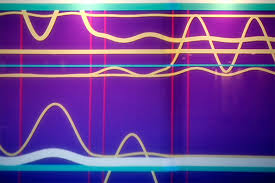
Researchers are said to be "stunned"by the success of a recent clinical trial of a new stem cell treatment for stroke patients. By injecting the cells int

A step has been taken toward the possibility of tuning the strength of memory by manipulating one of the brain's signaling memory mechanisms, a neurotransmitter called acetylcholine.

You may now be wondering how long it will be before we can unlock a door, turn on a kettle, or even send an email simply by thinking about it.

A team of researchers has recorded the brain activity of 50 people wearing an electroencephalogram headset while they looked at a series of 500 images. They found that participants' brains reacted differently to each image, enough that a computer system was able to identify each volunteer's 'brainprint' with 100 percent accuracy.

EPFL scientists propose a new way of understanding of how the brain processes unconscious information into our consciousness. According to the model, consciousness arises only in time intervals of up to 400 milliseconds, with gaps of unconsciousness in between.

Bionic convergence and psychic uploading won’t be possible unless we crack the neural code, science’s hardest problem.

Researchers seeking to unlock the secrets of how the brain works have created the largest and most detailed map of connections between brain cells ever produced.

Biology lessons teach us that the brain is divided into separate areas, each of which processes a specific sense. But findings to be published in eLife show we can supercharge it to be more flexible.

Our neurons are derived from progenitor cells, which are specialized stem cells that have the ability to divide to give rise to neurons. Today, neuroscientists shed light on the mechanisms that allow progenitors to generate neurons.
It’s a case of life imitating art. Much as the sci-fi film “The Matrix” depicted a device capable of enhancing skill acquisition, researchers at HRL Laboratories, LLC, have discovered that low-current electrical brain stimulation can modulate the learning of complex real-world skills.

Scientists have turned skin cells into stem cells that can hunt down and destroy the deadly remains inevitably left behind when a glioblastoma is removed.

A dial-like structure found on brain cells called astrocytes means they are "actually incredibly flexible and potentially modifiable," says Keith Murai.

Physicians and biomedical engineers from Johns Hopkins report what they believe is the first successful effort to wiggle fingers individually and independently of each other using a mind-controlled artificial "arm" to control the movement.

Researchers at Johns Hopkins Bloomberg School of Public Health have produced tiny brains made of human neurons and cells. These mini-brains could radically change how drugs are tested, replacing the many animals currently being used for neurological scientific research.

A study of stressed-out adults suggests that mindfulness meditation causes brain changes that can lower inflammation levels.